‘Primer to Press’: A history of Bengali culture, language, and books

"As the primary conduit for acquiring alphabetical knowledge skills, the primer assumes paramount importance in upholding the universal right to education."
-Sabyasachi Hazra


Artist and researcher Sabyasachi Hazra, who graduated from the Faculty of Fine Arts at the University of Dhaka, has become popular amongst the young and up-and-coming artists of this country primarily due to his unique strokes and style.


Thereby, the inauguration of the exhibition "Primer to Press" and the book launch event of "Bornomala: Bangla Alphabet Book Collection" by Sabyasachi Hazra took place at the gallery of Alliance Française de Dhaka on May 3. The notable event was cordially attended by a large amount of people from various professions.


The gallery has currently been decked out to become a house of information on the history of book development and printing in the Bengal region. When asked about the exhibition, Sabyasachi elaborated on primers. As he dove deeper into this field of research, his objective was to gather notable Bangla primers and examine the evolution of lettering, editing, and printing techniques over time, all in a bid to understand the fluidity of these processes.


Primers are the books from our childhood that most of us have read before going to school. But back in British India, printed books were not common. According to history, the European missionaries brought the printing press first to develop the Indian Subcontinent.


Sabyasachi's research shows how the primers were first printed with wooden blocks and with time, they evolved into letterpress which is rarely seen these days. At the exhibition, a letterpress is brought to show the younger generation the history of our book printing. There are also wooden blocks of letters, lithographs, and metal blocks to provide people with the knowledge of how the realm of the press evolved.


When the people of undivided Bengal started going to schools for education, the number of apprenticeships and homeschools was reduced. Thus, schools became a center for early childhood education emphasising the learning of alphabets as the fundamental step of learning the language. During this time books like "Barnaparichay", and "Sahaj Path" came into being. These can be termed marked primers.


From 1849 to 1948, Sabyasachi selected eight specimens on early childhood language learning and compiled their contents in his book. These primers are "Shishu Shiksha" by Madanmohan Tarkalankar, "Barnaparichay" by Ishwar Chandra Vidyasagar, "Barnaparichay" by Ram Sundar Basak, "Adarsha Lipi" by Sitanath Basak, "Hasi Khusi" by Jogindranath Sarkar, "Chitrakshar" by Abanindranath Tagore, "Sahaj Path" by Rabindranath Tagore, "Hate Khori" by Bimal Chandra Ghosh.

Some of these books contained illustrations whereas others had advice on how to be a good human. Madanmohan Tarkalankar was among those 16 people who sent their daughters to school in British India and he taught in that school too.


Sabyasachi hopes that his journey of bringing together the Bangla primers and printing evolution will ignite the curiosity of the people especially the younger generation as the primers are a valuable resource to the language, print, and design industry. Also, these books carry the culture and the socio-economic state of the Bengali people from British India.

To learn more about our rich culture, language, and printing history, one can drop by the open-for-all exhibition currently underway at Alliance Française. "Primer to Press" will run from Monday to Saturday (3pm to 9pm) until May 18.
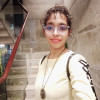
 For all latest news, follow The Daily Star's Google News channel.
For all latest news, follow The Daily Star's Google News channel. 


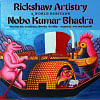


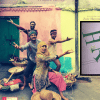
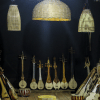

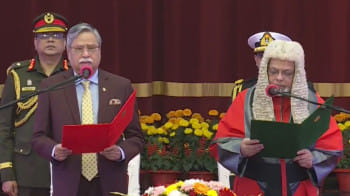
Comments